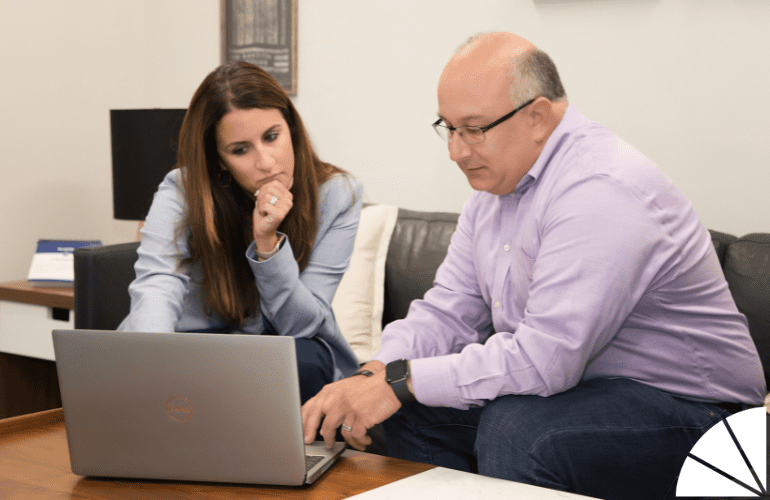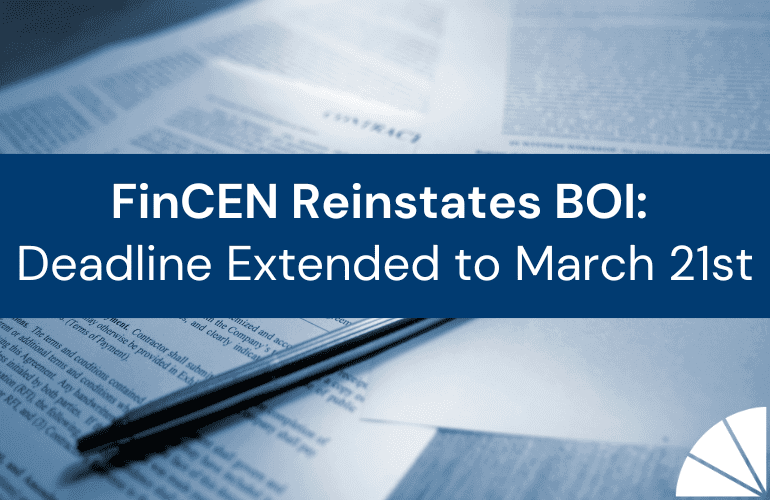
Auditors and auditees, while customarily viewed as opposing forces, can promote a streamlined audit process when working collaboratively towards a common goal. This can only happen when the parties establish a mutual understanding of engagement expectations, communicate early and often about matters impacting the audit, and work in lockstep to meet all deadlines associated with the engagement. A painless audit can only result from an auditor-auditee relationship where both parties work together before, during, and after audit fieldwork. The purpose of this article is to highlight best practices to ensure a seamless and pain-free audit process for both the auditor and auditee.
There are numerous elements that are fundamental to any successful audit and those include:
1) Organized books and records maintained by auditee
2) Open lines of communication between the auditor and auditee throughout the year;
3) An effective planning meeting between the auditor and auditee;
4) Timely auditee fulfillment of auditor requests;
5) Efficient completion of fieldwork and wrap-up stages of the audit by the auditor;
We will reflect on each of these elements in the paragraphs that follow.
Organized Books and Records Maintained by Auditee
Auditees should maintain an organized set of books and records to facilitate a smooth audit process. What does an organized set of books and records look like? Having an organized set of books and records involves having support for all accounting transactions throughout the year as well as internal controls that are designed, implemented, and documented for each key accounting cycle. It also means having explanations readily available to provide to the auditor for variances between current year and prior year revenue and expenses as well as variances between actual and budgeted revenue and expenses. Having organized books and records enables the auditee to be prepared to fulfill any request made by auditor during fieldwork to support both financial transactions and internal controls in operation.
Open Lines of Communication Between Auditor and Auditee Throughout the Year
It is critical for the auditee to feel comfortable reaching out to the auditor to make them aware of a material development in the organization’s activities during the year. This has the two-fold benefit of making the auditor aware of valuable information for audit planning purposes and affording the auditee an opportunity to solicit input from the auditor on financial reporting matters associated with organizational activities. The auditee may seek guidance from the auditor as to what accounting literature should be referenced to ensure appropriate financial statement recognition, which may prove to be mutually beneficial when it comes time for the audit.
An Effective Planning Meeting Between the Auditor and Auditee
As the year comes to a close, a planning meeting should be scheduled between the auditor and auditee well in advance of audit fieldwork (generally at least six weeks) to provide both parties with adequate time for audit preparation. At this planning meeting, the auditor should follow up with the auditee on key organizational activities during the year in order to finalize its audit plan, which should be communicated to the auditee during the meeting. The document request list of items required for the engagement should be discussed to ensure everyone is on the same page with respect to engagement requests. Both parties should work collaboratively to identify the timeline for engagement deliverables, including draft financial statements and draft tax returns. At this meeting, the engagement letter fee should be discussed and, if possible, the engagement letter should be presented to the auditee for signature. The auditor and auditee should leave that meeting with a full understanding of the timetable for audit fieldwork, wrap-up, and issuance of engagement deliverables. Both parties should formally commit to that timetable so there are no surprises as the engagement nears completion.
Timely Auditee Fulfillment of Auditor Requests
Once both sides have agreed to the engagement timeline, the focus shifts to the auditee to fulfill all requests communicated on the audit document request list by the start of engagement fieldwork. If there is any delay in this process, the auditee should notify the auditor immediately to enable the auditor to either delay fieldwork or clarify what is expected for any items not yet fulfilled. Timely fulfillment of auditor requests also involves the auditee being available during fieldwork to clarify what has been provided and fulfill all additional requests made by the auditor. Any efforts that can be made to ensure the auditor can complete the engagement as efficiently as possible will ultimately translate into a higher level of satisfaction by the auditee, including a greater likelihood of issuing the engagement deliverables when agreed to.
Efficient Completion of Fieldwork and Wrap-up Stages of the Audit by the Auditor
Having received all document requests from the auditee, the auditor should be positioned to complete engagement fieldwork as efficiently as possible. This may involve the auditor performing “pre-audit fieldwork” to make selections, send confirmations, and perform other preliminary planning procedures before returning to the auditee’s office at a later date for traditional audit fieldwork. Splitting fieldwork up into two phases is often most efficient for both the auditor and auditee since it gives the auditee ample time to pull selections prior to the start of audit fieldwork and it maximizes the usage of the auditor’s time with everything needed to complete audit testing readily available upon the auditor’s return. Once fieldwork is completed, the auditor will typically send adjusting journal entries to the client to ensure they are in agreement. If the auditor has identified any internal control deficiencies, it will communicate those to the auditee to give the auditee an opportunity to provide context and identify controls that mitigate risks to an acceptably low level. This allows the auditor to make an informed decision as to whether or not those matters represent reportable internal control deficiencies.
In summary, auditors and auditees are mutually responsible for the success of any audit. Ensuring a constant flow of communication before, during, and after fieldwork as well as a commitment by both parties to meeting the agreed-upon timetable for deliverables will lead to an efficient audit process and a high level of satisfaction by the auditee.If you have questions about preparing for your audit or anything related to your financial statements, our Accounting and Auditing team is here to help. Contact us today.
By Robert Hart





